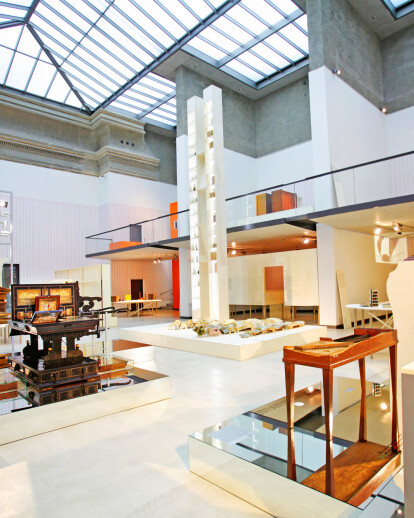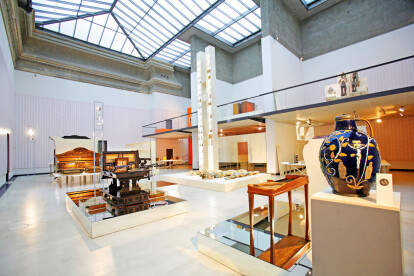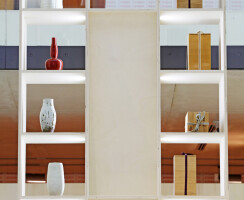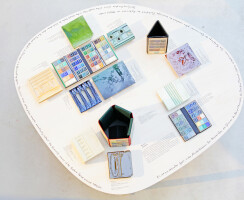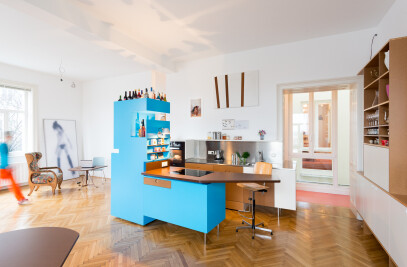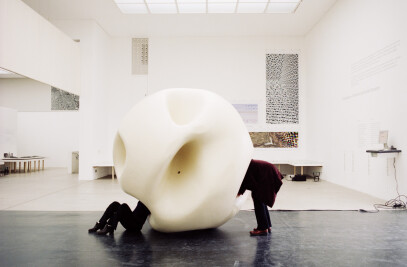The Dresden Museum of Decorative Arts lists more than 55,000 inventory numbers, each of which can tell its own story. The exhibition draws from the museum’s entire collection resources, the “unity”, and proceeds to show “parts” of it. It focuses on references and relationships that can arise between a unity and its individual constituents. Accordingly, in the exhibition “Parts of a Unity” we see unexpected neighbourships happening. Overall, this results in new ways of seeing things and puts the spotlight on the Museum of Decorative Arts as an institution with contemporary relevance, its collection ranging far beyond Baroque pomp and circumstance. Often overlooked on the outskirts of Dresden, this exhibition in the Lipsiusbau offers the opportunity of rediscovering the Museum of Decorative Arts anew.
The surprises start with the exhibition gallery itself. The walls are covered all round with the museum’s inventory numbers. From Number 1 from the year 1873, a “Rhine Wine Glass with gold rim” to Number 55712, the latest acquisition, they represent the entire stock of artefacts that the museum employees work with every day and from which parts were selected for the exhibition. For instance a tiny crab is on display which – torn out of its context – was purchased towards the end of the nineteenth century together with other Japanese objects. Wrongly categorised until quite recently, it demonstrates the difficulty of properly understanding a fragment from another culture. Other objects in the same exhibition section also present us with quite a few puzzles – for example, textile fragments were sold by Kanonikus (Canon) Bock to museums of the applied arts all over Europe. These dealings, enterprising at the time, now seem very suspect to us today. Another thematic complex focuses on collapsible objects. It is astonishing that even mammoth Baroque cabinets are designed based on similar principles of collapsibility as furniture of today and can be folded up practically to the size of a flat package.
exhibition design: tnE Architects project team: Marie-Therese Harnoncourt-Fuchs, Ernst J. Fuchs, Christoph Pehnelt
exhibition: "Die Teile des Ganzen", Kunsthalle im Lipsiusbau, Dresden/GER, 06.03.2015-12.07.2015 curator: Tulga Beyerle client: Staatliche Kunstsammlungen Dresden / GER graphic design: Fons Hickmann M23, Berlin
